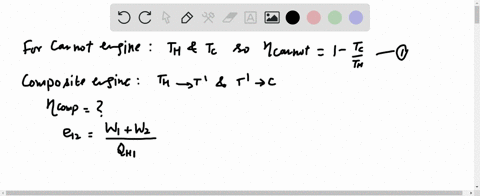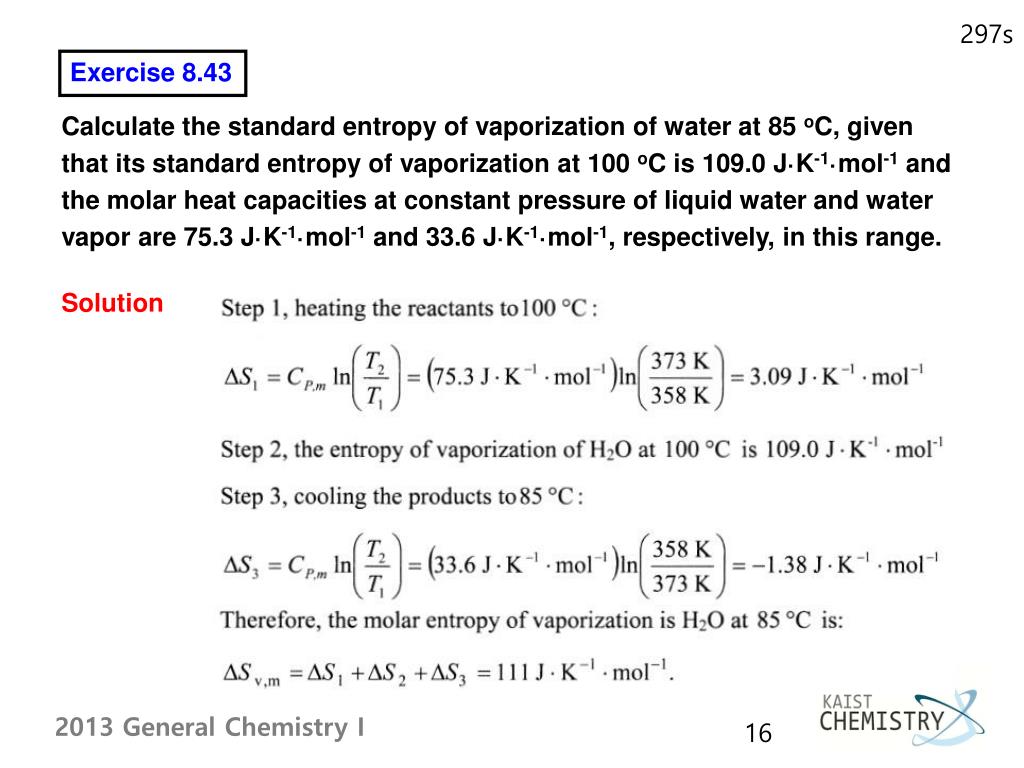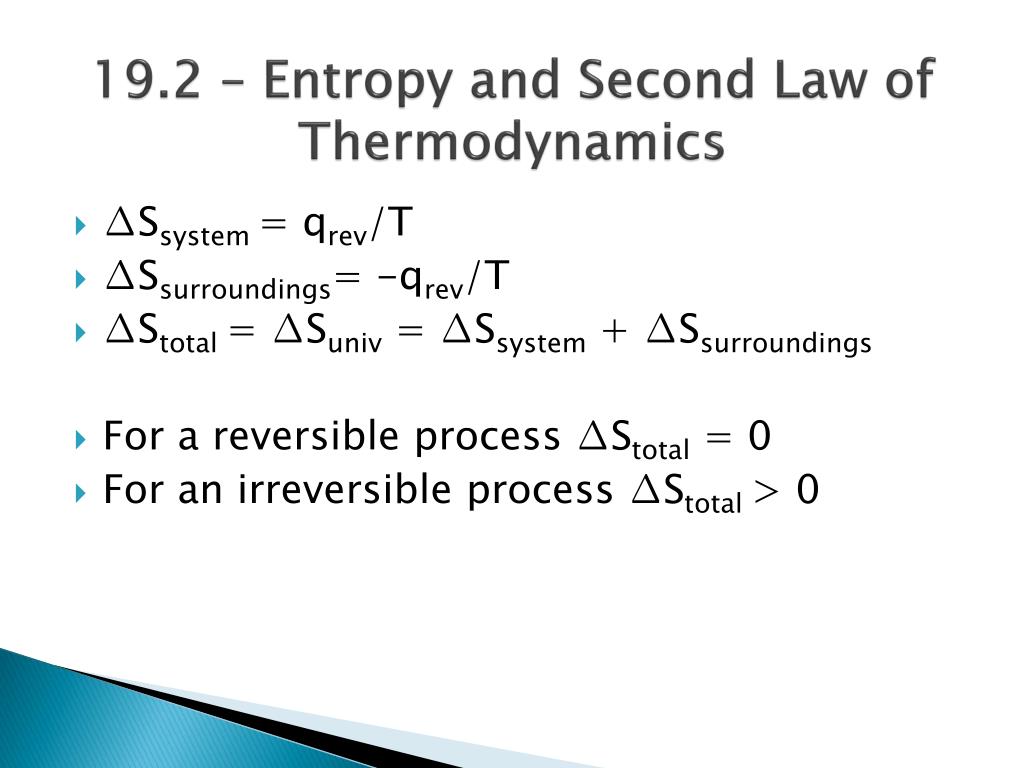

Chemically, that usually means energy is converted to work, energy in the form of heat moves from one place to another, or energy is stored up in the constituent chemicals. You might remember the first law of thermodynamics: energy cannot be created or destroyed. Using the conversion factor of 1 L-atm = 101 J, the amount of work in joules is: The external pressure is 1.0 atm (standard pressure), so the work required is: STP (22.4 L/mol), the change in volume and the work of expansion can be calculated Knowing the molar volume of an ideal gas at Knowing that 25 moles of gas are replaced by 34 moles of gas in this reaction, we canĬalculate a net increase of 9 moles of gas. If we imagine a reaction taking place in a container of some volume, we measure work by pressure times the change in volume.Įxample Problem: Calculate the work that must be done at standard temperature and pressure (STP is 0☌ and 1 atm) to make room for the products of the octane combustion:

The value of distance times area is actually the volume. In chemical reactions, work is generally defined as : W = work, in joules (N×m) (or calories, but we are using primarily SI units) Heat of fusion is the heat required to melt a substance at its melting temperature, while the heat of vaporization is the heat required to evaporate the substance at its boiling point.Ĭhemical work is primarily related to that of expansion. Two other common heat variables are the heat of fusion and the heat of vaporization. The values for specific heat that are reported in the literature are usually listed at a specific pressure and/or volume, and you need to pay attention to these settings when using values from textbooks in problems or computer models.Įxample Problem: If a 2.34 g substance at 22☌ with a specific heat of 3.88 cal/g-☌ is heated with 124 cal of energy, what is the new temperature of the substance? The value of C for water is 1.00 cal/g-☌. ΔT = rise in temperature of the material in ☌. Specific heat, given by the symbol "C", is generally defined as: You will also encounter the term specific heat, the heat required to raise one (1) gram of a material one (1) degree Celsius. One calorie of heat is equivalent to 4.187 J.

Typically, we use the SI units of Joules (J) and kilojoules (kJ). Heat energy is measured in kilocalories, or 1000 calories. Sometimes the calorie is the unit of measure, and refers to the amount of heat required to raise one (1) gram of water one (1) degree Celsius. Work and heat can both be described using the same unit of measure. Work can be transformed into heat, such as might be experienced by rubbing your hands together to warm them up. Heat energy (such as steam engines) can be used to do work (such as pushing a train down the track). They are also related forms, in that one can be transformed into the other. The term itself clearly suggests what is happening - "thermo", from temperature, meaning energy, and "dynamics", which means the change over time. Thermodynamics is the study of energy changes accompanying physical and chemical changes. are clearly physical events that also have a chemical nature to them.

Certainly changes in energy - however measured, whether it be heat, light, work, etc. Physics concerns itself heavily with the mechanics of events in nature. Physic is commonly known as physical chemistry, and it is in that area that a thorough study of thermodynamics takes place. The scientific discipline that intersects the areas of chemistry and


 0 kommentar(er)
0 kommentar(er)
